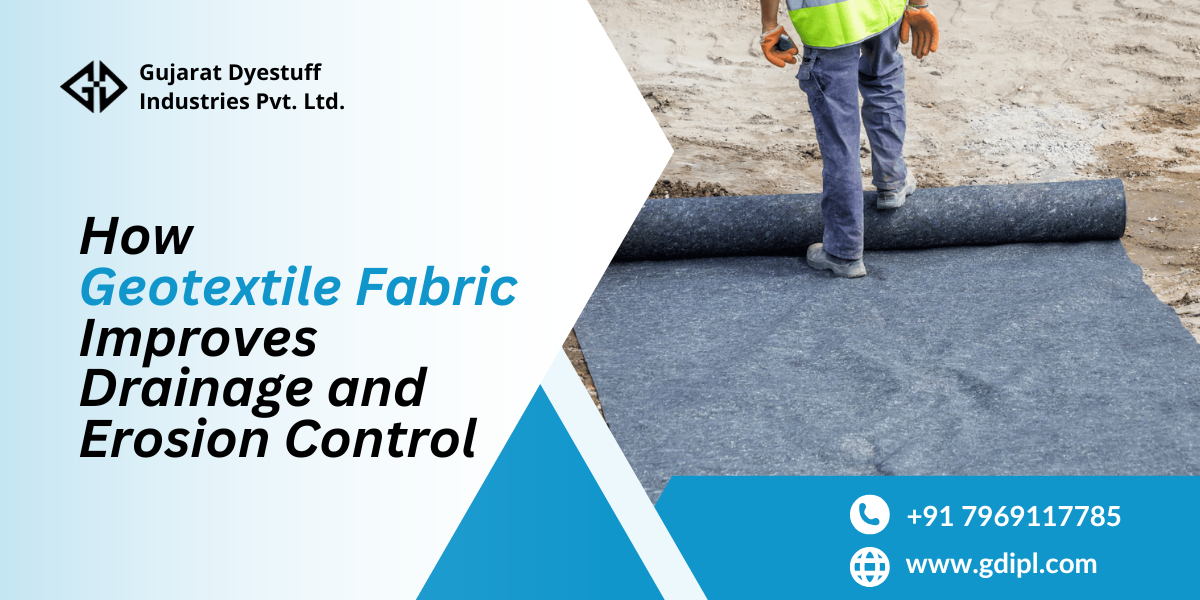 Geotextile fabric has emerged as an essential material in civil engineering and environmental applications, especially for drainage and erosion control. These synthetic textiles are designed to improve soil stability, prevent erosion, and aid in water management. But how exactly does geotextile fabric ↗ contribute to effective drainage and erosion control? Let's explore.
Geotextile fabric has emerged as an essential material in civil engineering and environmental applications, especially for drainage and erosion control. These synthetic textiles are designed to improve soil stability, prevent erosion, and aid in water management. But how exactly does geotextile fabric ↗ contribute to effective drainage and erosion control? Let's explore.
Enhanced Drainage Capabilities
Geotextile fabrics are permeable materials that allow water to pass through while filtering out soil particles. This feature is crucial in areas with heavy rainfall or where water accumulation is a concern. When used in roadways, retaining walls, or construction foundations, geotextile fabric helps maintain the structural integrity by channeling water away from the surface.
Nonwoven geotextiles are commonly used in drainage systems due to their superior water permeability. They are ideal for sub-surface drainage, such as in sports fields, highways, and embankments, ensuring that excess water is efficiently removed without disturbing the soil structure.
Erosion Control in Vulnerable Areas
One of the biggest challenges in construction and landscaping is erosion, especially on slopes, riverbanks, and coastal areas. Geotextile fabric acts as a barrier that stabilizes soil and prevents it from being washed away by rain or irrigation.
Woven geotextiles are especially effective in erosion control as they provide tensile strength to the soil, keeping it in place. When used in conjunction with vegetation or riprap, they serve as a long-term solution to erosion, protecting infrastructure and natural landscapes.
Separation and Stabilization
In addition to drainage and erosion control, geotextile fabric plays a crucial role in separating different layers of soil. For example, in road construction, geotextiles prevent the mixing of subgrade and aggregate materials, leading to enhanced performance and longevity of the pavement.
By stabilizing the ground, geotextile fabric reduces maintenance costs and enhances safety, especially in areas with poor soil conditions.
Environmentally Friendly and Cost-Effective
Geotextile fabric not only improves performance but also contributes to sustainability. It reduces the need for chemical treatments, lowers maintenance frequency, and helps preserve natural water flow. Furthermore, it's a cost-effective solution that reduces long-term operational and repair costs.
Conclusion
Geotextile fabric is a game-changer in modern construction and environmental engineering. By improving drainage, preventing erosion, and enhancing soil stability, it offers a reliable and sustainable solution for a wide range of applications. Gujarat Dyestuff Industries Pvt. Ltd. ↗ is proud to offer high-quality geotextile fabrics designed to meet these needs effectively.
Contact us ↗ to get more information.